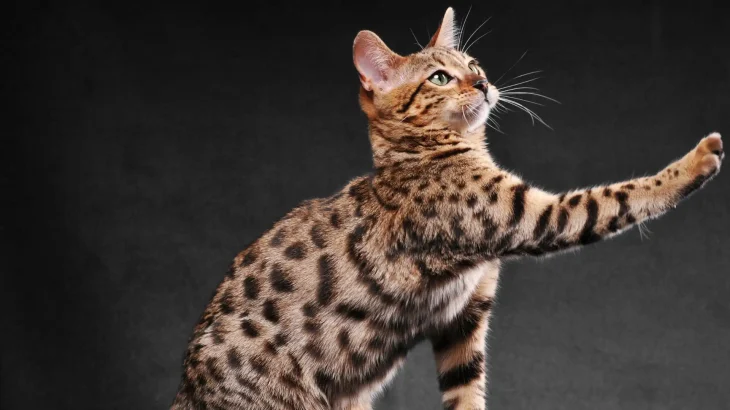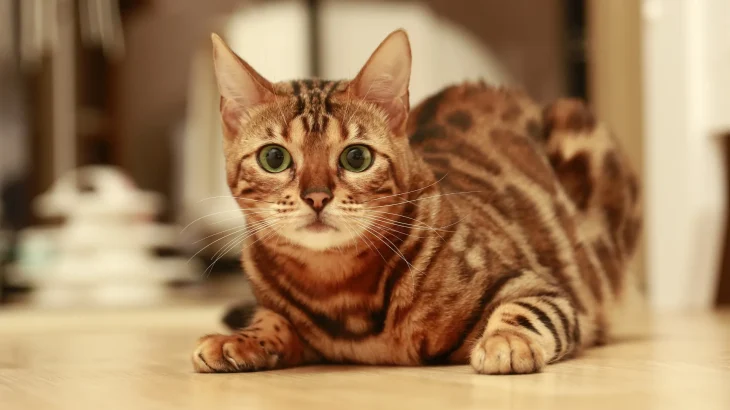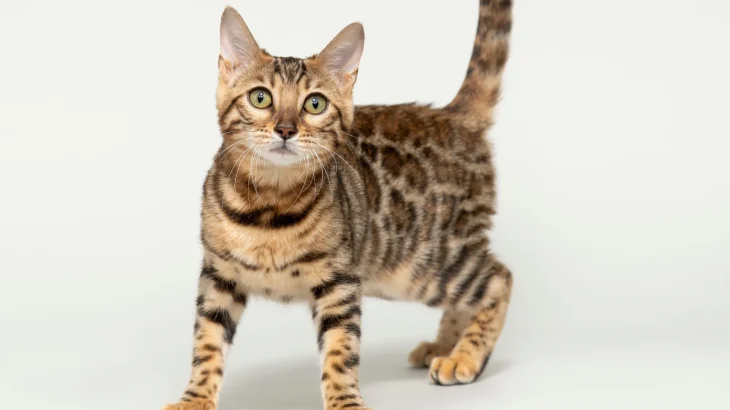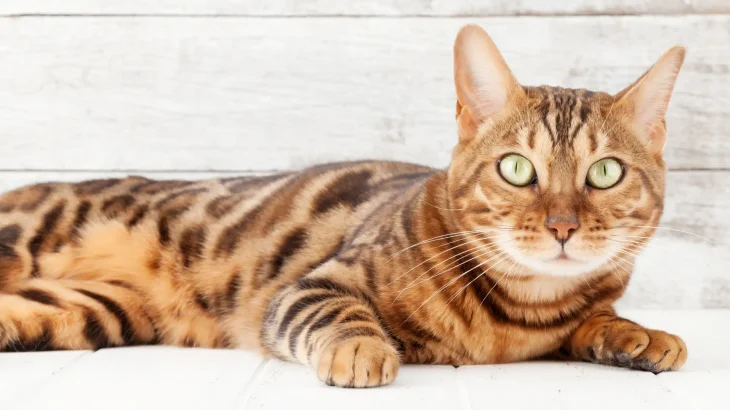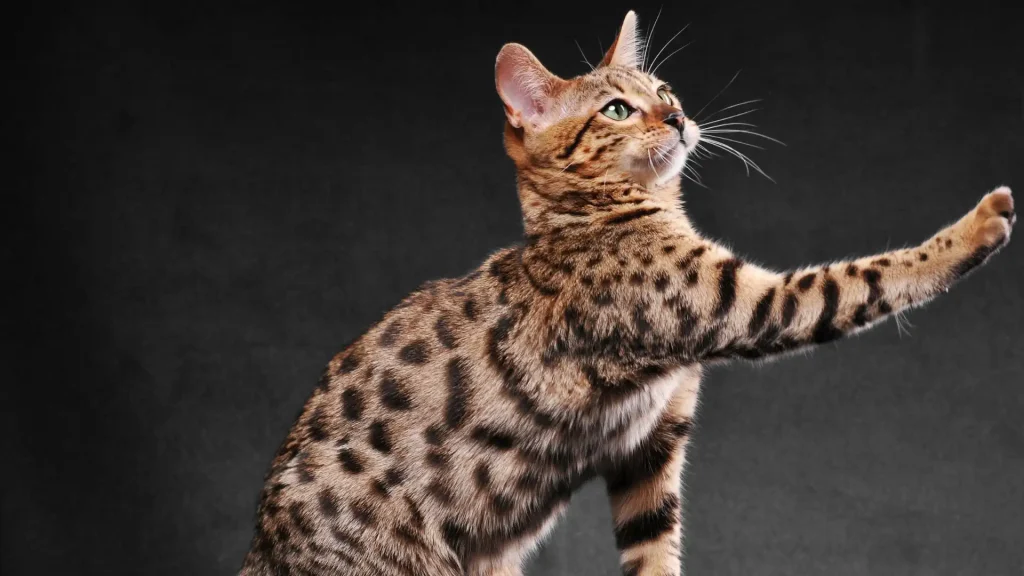Deciding whether to adopt or purchase a Bengal kitten hinges largely on what matters most to you—whether it's providing a home to a cat in need or having detailed insight into your kitten's background. Buying from a reputable breeder often ensures clear knowledge of lineage and health, while adoption may come with less certainty but offers the heartwarming chance to rescue a cat.
Adoption vs. Breeder: Pros & Cons
| Criteria | Buying from Breeder | Adopting from Shelter/Rescue |
|---|---|---|
| Cost | Significantly higher, reflecting breed purity and care (often $1,000+). | Lower adoption fees, usually $50-$200, often covering vaccinations and spay/neuter. |
| Health History | Detailed health records and genetic screening typically provided. | Health background may be limited; shelters provide basic health checks. |
| Age Availability | Mostly young kittens available, perfect for raising from an early age. | Variety of ages, including adults, which can be a plus for some adopters. |
| Temperament Insight | Breeders can offer information about lineage temperament traits. | Shelter staff may share observed behaviors, but with less certainty. |
| Supporting Practices | Supports responsible breeding when choosing ethical breeders. | Supports animal welfare by providing homes for cats in need. |
| Breed Purity & Pedigree | Guarantees pedigree and breed standards. | Often unknown or mixed breed; less emphasis on purebred status. |

